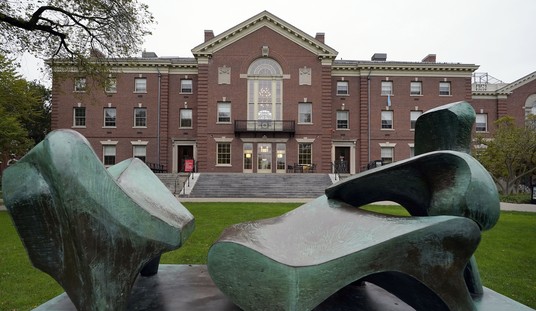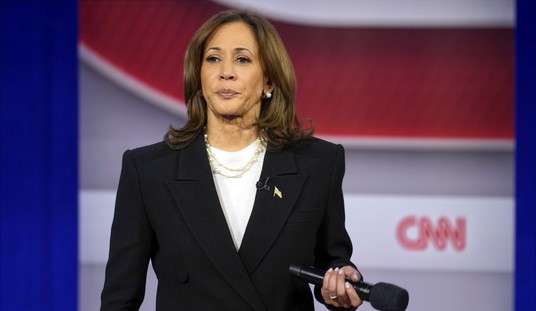In order to see a real economic recovery looming, we need to see demand rising and inventories getting depleted. Today, we got the opposite. According to two releases by the Census Bureau, retail sales fell in May, largely due to dropping demand in the auto market, while at the same time, inventories rose sharply.
First, the news on retail sales:
The U.S. Census Bureau announced today that advance estimates of U.S. retail and food services sales for May, adjusted for seasonal variation and holiday and trading-day differences, but not for price changes, were $387.1 billion, a decrease of 0.2 percent (±0.5%)*from the previous month, but 7.7 percent (±0.7%) above May 2010. Total sales for the March through May 2011 period were up 7.5 percent (±0.5%) from the same period a year ago. The March to April 2011 percent change was revised from +0.5 percent (±0.5%)* to +0.3 percent (±0.3%)*.
Retail trade sales were down 0.3 percent (±0.5%)* from April 2011, but 8.0 percent (±0.7%) above last year. Gasoline stations sales were up 22.3 percent (±1.7%) from May 2010 and nonstore retailers sales were up 15.9 percent (±3.1%) from last year.
At first, news outlets tried putting a positive spin on this news, mainly because the figures exceeded expectations of a larger decline. By mid-morning, though, Reuters acknowledged that it provides yet another sign of an economic slowdown:
Retail sales fell in May for the first time in 11 months as receipts at auto dealers dropped sharply and other spending softened, suggesting economic activity continues to slow.
Retail sales slipped 0.2 percent, the Commerce Department said on Tuesday, after a 0.3 percent rise in April. Economists had expected retail sales to fall 0.4 percent. …
“The U.S. retail sales data … will not change the impression of some meaningful slowing in underlying consumer spending in Q2,” said Alan Ruskin of Deutsche Bank Securities.
Thanks in part to slowing demand, inventories rose 0.8% in April, and have increased by almost 11% over the last year:
April 2011 business inventories were $1,497.5 billion, up 0.8% from March and up 10.6% from April 2010.
Business sales had their “weakest advance” in almost a year, according to CNBC:
Business sales edged up 0.1 percent, the weakest advance since June 2010, after rising 2.4 percent the prior month. April’s weak sales pace raised the inventory-to-sales-ratio — which measures how long it would take to clear shelves at the current sales pace — to 1.26 months from 1.25 months in March.
Increases in wholesale prices have started to wane a bit, perhaps a measure of the plateauing of fuel prices, but also perhaps because of expanding inventories:
Wholesale prices rose at the slowest pace in 10 months in May as food costs fell and gas prices rose by the smallest amount in eight months. The figures suggest consumers could see some relief from rising prices soon.
The Producer Price Index, which measures price changes before they reach the consumer, increased 0.2 percent in May, the Labor Department said Tuesday. That’s down sharply from a 0.8 percent rise in April and a 0.7 percent increase in March.
In the past 12 months, the index has risen 7.3 percent, the most since September 2008.
We’re looking at a bad Q2 thus far, worse than the 1.8% we saw in Q1 — and that was mostly inventory expansion. Real final sales of domestic product increased only 0.6% in Q1, and that seems to have fallen even further off in the first two months of Q2. These numbers today mostly beat expectations, as Suitably Flip notes, but only because expectations have fallen so low. With sales dropping and inventories rising again, expect goods orders to continue their decline and the manufacturing sector to stop producing jobs again.
Welcome to Wreckovery Summer II!








Join the conversation as a VIP Member